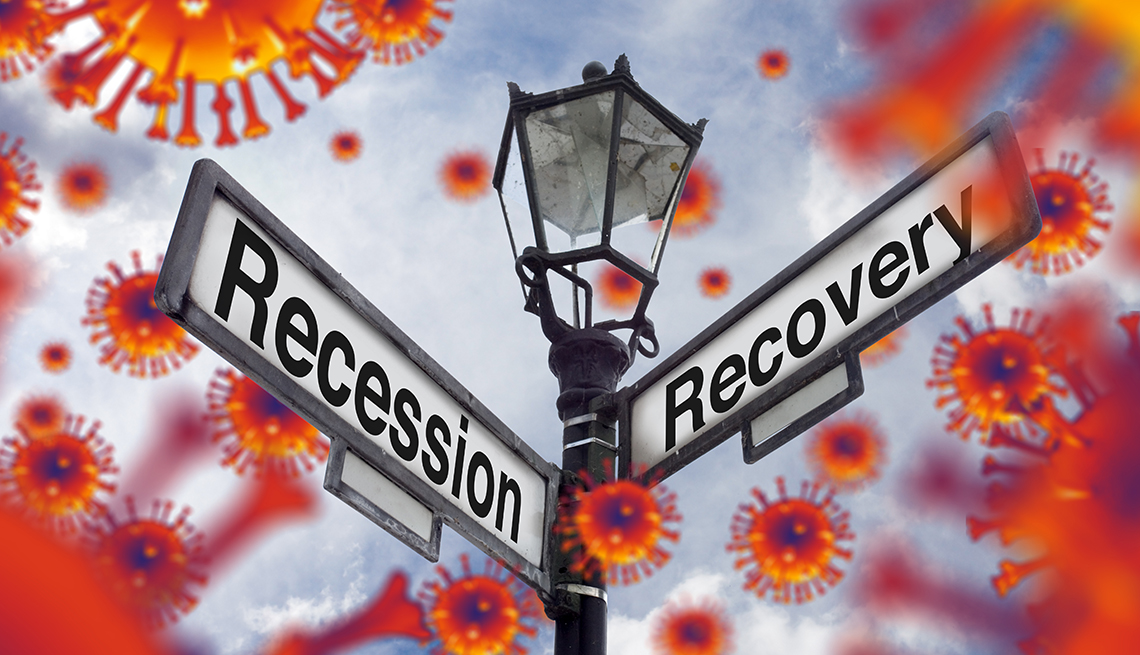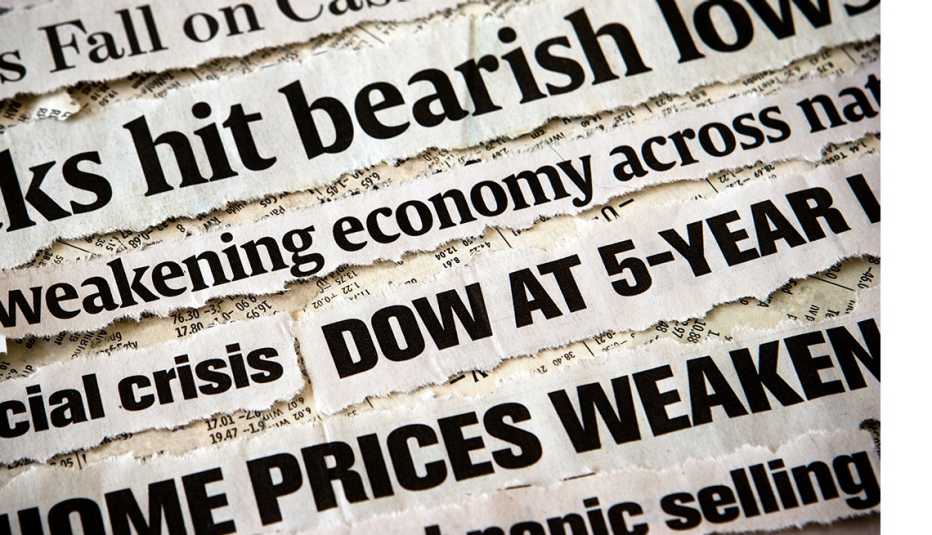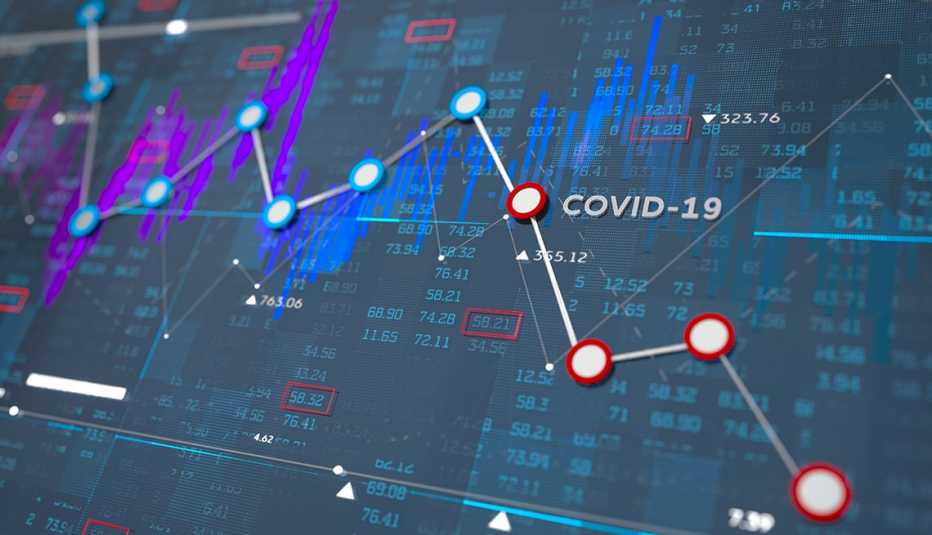Staying Fit
Every so often, there's a time when sober Wall Street investors rub their eyes and say, “What on earth is going on?"
This is one of those times.
On Monday, the Standard & Poor's 500 stock index jumped 1.2 percent — the same day the economy was declared in a recession, more than 40 million people were out of work, a global pandemic raged and economists predicted that the gross domestic product would fall more than 40 percent in the second quarter. The tech-laden Nasdaq Composite stock index made a new all-time high.


AARP Membership— $12 for your first year when you sign up for Automatic Renewal
Get instant access to members-only products and hundreds of discounts, a free second membership, and a subscription to AARP the Magazine.
The S&P 500 has soared 45 percent since March 23. Less than a month before that, the blue-chip index fell 34 percent, the swiftest bear market in history. In Wall Street parlance, a loss of 20 percent or greater from a high is a bear market, while a gain of 20 percent or more from a low is a bull market. Technically, we're already back in a bull market.
The bear market part is easy to understand. Investors hate uncertainty, and the novel coronavirus that produces COVID-19 was a massive wave of uncertainty. The virus forced global trade and businesses to gear down — or shut down entirely — as nations imposed quarantines. U.S. unemployment soared to 14.7 percent in April, a level last seen in the Great Depression. Supply chain disruptions caused shortages of basic necessities, from food to toilet paper. Corporate earnings in the first three months of 2020 were sharply lower than the same quarter a year earlier, and Wall Street is looking for a 44 percent decline in earnings in the current second quarter from the first quarter.
Running of the bulls
Why the stock rally? “It all boils down to optimism surrounding the reopening of the economy,” says Sam Stovall, chief market strategist of U.S. equity strategy for CFRA. The stock market looks ahead, and investors are betting on an economic recovery that's just as fast as its decline. Estimates for corporate earnings, which had been slashed in the wake of the coronavirus, are likely to be revised up as America returns to work.
Furthermore, the Federal Reserve has pushed short-term interest rates to near zero, and the yield on the bellwether 10-year Treasury note remains below 1 percent. Low interest rates make it cheaper for businesses to borrow and expand — and those low interest rates make stocks more inviting compared to low-yielding CDs and bonds. And, while it's difficult to predict what actions Congress will take, the odds of another stimulus package rise the longer the economy struggles.



































































